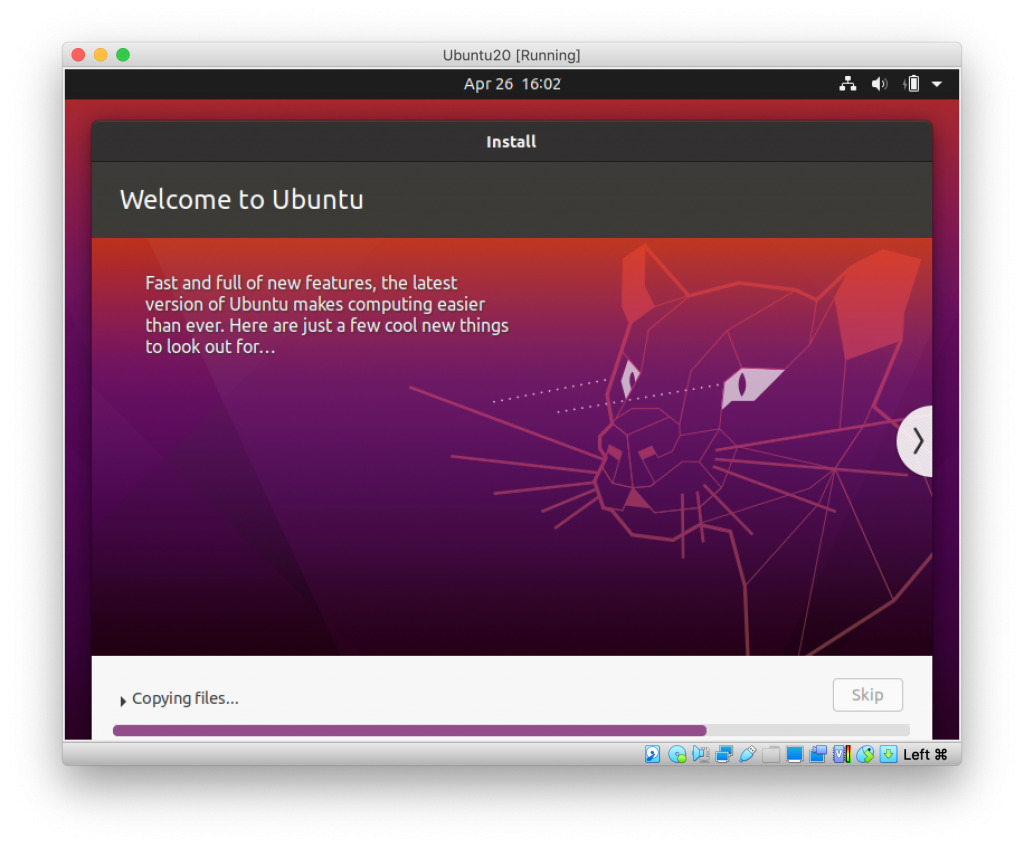

You will of course need a Mac running a recent version of OS X. At the time of writing I am running Mojave, however this tutorial should work just fine with all fairly recent versions of OS X so long as Virtualbox runs without issues.You will also need an installation of Ubuntu Desktop running in Virtualbox.Īt the time of writing I am running Ubuntu 20.04 and Virtualbox 6.1.6. If you do not yet have Virtualbox running with Ubuntu installed, go ahead and follow my tutorial on how to get this up and running first. If you plan to install a fresh copy of Ubuntu, I would recommend downloading Quartus in the background as the file is large and may take a while. It is also perfectly acceptable to run Ubuntu on your Mac as a dual boot setup and it may even be preferable for performance gains. This tutorial will focus on the Virtualbox installation, however it should also apply if you wish to run a dual boot setup and you can skip over the Virtualbox portions. With regards to the programmer, this tutorial will cover the necessary steps involved in order to get the USB-Blaster compatible programmer to work in Linux. You can of course use other methods of programming, however you may need to search for additional information if your particular programmer will not work out of the box.

I have tested Quartus under both Ubuntu and Windows 10 running on virtual machines and without surprise, I found Ubuntu to yield slightly higher performance in terms of compile times. I found Windows to be typically unpredictable, with the usual frustration of “program not responding” and of course some. Thankfully I already did the hard work so you don’t have to! Ubuntu was not straightforward either and although it was stable and without the buggy behaviour, it required some Googling and terminal-ninja skills to get the programmer to work. I usually try to avoid Windows at all costs but with Quartus I wanted to choose the method that gave best results.

In summary and once past the teething problems of the installation on both systems, the benefits of this method are that both Ubuntu and Virtualbox are completely free and Ubuntu slightly outperformed Windows 10. Ok, perhaps I could tune the settings and get Windows 10 to perform better but the fact still remains, I just don’t like Windows. The first thing we need to do is ensure that we have enough disk space to download the file, unpack it and install it. The default 10GB size specified at the time of creating a virtual machine with Virtualbox will not be enough.


 0 kommentar(er)
0 kommentar(er)
